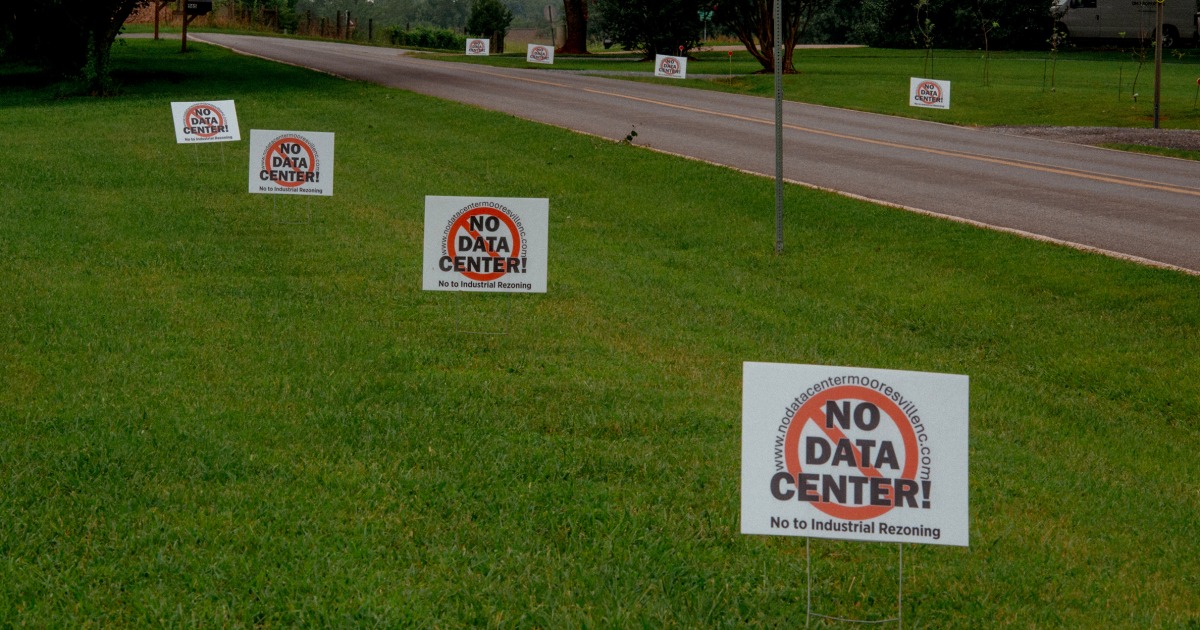Impact of Remote Work on Urban Economies: A Shift in the Landscape
As remote work becomes a permanent fixture for many companies, urban economies face unprecedented changes. This transformation, driven by the COVID-19 pandemic and the subsequent shift in workplace culture, has implications for cities across the globe. According to a recent survey by the Global Workplace Analytics, 56% of U.S. workers are in roles that can be performed remotely, sparking debates on the future of urban life and economic structures.
Understanding the Shift in Work Culture
The pandemic catalyzed a rapid transition to remote work, with many organizations realizing that productivity could be maintained—or even improved—outside traditional office settings. “We’ve seen companies like Twitter and Facebook announce permanent remote work policies, signaling a long-term change in how we think about workspaces,” says Dr. Janet Morris, a labor market expert at the Urban Institute. This shift raises questions about urban infrastructure, real estate, and local economies that have long relied on the daily influx of commuters.
Economic Ramifications for Cities
With fewer employees commuting to central business districts, cities are experiencing significant economic shifts. Retailers and service providers that depend on foot traffic are particularly vulnerable. A study conducted by the Brookings Institution found that urban areas could see a 20% decline in commercial real estate values as demand for office spaces wanes. Additionally, local cafes and shops in metropolitan areas are reporting a drop in sales, leading to a potential wave of closures.
- According to the National Retail Federation, 30% of small businesses in urban areas have reported reduced revenues due to lower foot traffic.
- Experts predict that urban centers may need to adapt by diversifying their economic bases, incorporating more residential and mixed-use developments.
Urban Adaptation: Opportunities and Challenges
While the challenges are significant, the transition to remote work also presents opportunities for cities to rethink their economic models. As companies decentralize their operations, there is a chance for urban areas to focus on attracting new residents. “Cities can pivot from being office-centric to more livable spaces that attract families and remote workers alike,” suggests Dr. Henry Lee, a city planning expert. This may lead to a resurgence in demand for suburban and rural areas as people seek larger living spaces.
Local governments are beginning to respond. Initiatives aimed at improving public transportation and creating more green spaces could enhance the urban living experience. Additionally, cities may invest in digital infrastructure to attract tech-savvy remote workers, further diversifying their economies.
Impact on Housing Markets
The housing market is already reflecting the changes prompted by remote work. Areas that were once deemed less desirable are seeing increased demand as people prioritize space and affordability. According to Zillow, home prices in suburban areas have surged by an average of 10% over the past year, while urban markets have stagnated. This trend raises questions about the long-term implications for urban housing affordability and availability.
As urban centers adjust, they may need to implement policies that address the affordability crisis. “We need to ensure that as urban areas evolve, they remain accessible to a diverse population,” warns Dr. Jessica Tran, a housing policy researcher. “Without affordable housing, we risk creating a divide between those who can afford to live in urban areas and those who cannot.”
Public Health and Safety Considerations
The evolution of work culture is not solely an economic issue; it also encompasses public health and safety. With fewer people commuting, cities have an opportunity to reduce traffic congestion and associated air pollution. A report from the Environmental Protection Agency indicated that urban air quality improved significantly during the pandemic, with a 30% decrease in nitrogen dioxide levels in major cities.
However, a lingering concern is the potential for urban isolation as remote work becomes the norm. “While remote work has its advantages, we must be cautious about the social implications,” states Dr. Samuel Green, a sociologist specializing in urban studies. “Cities are vibrant because of the interactions that occur within them, and we risk losing that sense of community.” Solutions may include promoting communal spaces and social hubs that encourage interaction among residents.
The Future of Urban Economies
Looking ahead, the future of urban economies will likely hinge on adaptability. Cities that can embrace change and innovate will thrive, while those that resist may face decline. As remote work continues to shape labor markets, urban planners and policymakers must engage in proactive strategies to revitalize their economies. This includes fostering a balance between remote work and urban vibrancy, ensuring that cities can offer both economic opportunities and a high quality of life.
Ultimately, the transition to remote work represents a significant turning point for urban environments. Cities have the chance to redefine themselves, moving from traditional economic models to more resilient, diversified ones. As Dr. Morris concludes, “The cities that adapt and evolve will not only survive but flourish in this new era of work.” As we navigate this uncharted territory, it becomes imperative to consider how urban centers can continue to foster community, innovation, and economic growth.
Call to Action: As cities evolve in response to the remote work revolution, it is essential for residents, business owners, and policymakers to engage in dialogue about the future. Consider participating in local town hall meetings or forums to share your perspective and help shape the future of your community.

